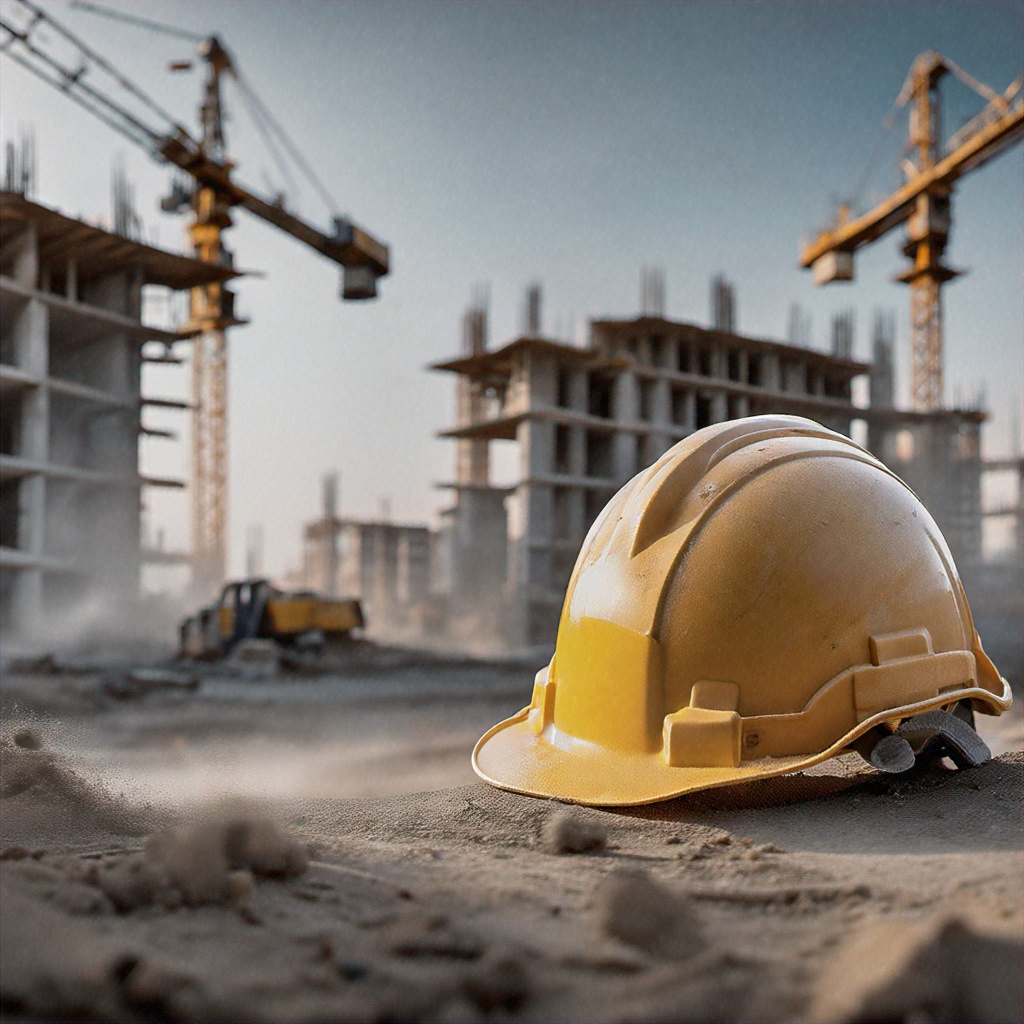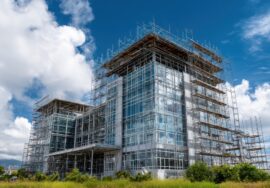LEED Certification: A Standard for Sustainable Buildings
LEED Certification: A Standard for Sustainable Buildings
Introduction
LEED (Leadership in Energy and Environmental Design) certification is a globally recognized standard for sustainable buildings. It encourages energy efficiency, water conservation, and the use of environmentally friendly materials, helping to reduce the carbon footprint of the construction industry.
Key Features of LEED Certification
1. Sustainable Building Practices
- Use of recycled and renewable materials to minimize environmental impact.
- Energy-efficient design incorporating solar panels and smart lighting.
- Water conservation strategies such as rainwater harvesting and low-flow fixtures.
2. LEED Certification Levels
- Certified (40–49 points) – Basic sustainability standards met.
- Silver (50–59 points) – Higher efficiency and environmental responsibility.
- Gold (60–79 points) – Advanced sustainability measures implemented.
- Platinum (80+ points) – Exceptional performance in all sustainability categories.
Benefits of LEED Certification
Environmental Benefits
- Reduction in greenhouse gas emissions through energy-efficient buildings.
- Minimized waste generation by utilizing sustainable materials.
- Improved indoor air quality with low-VOC paints and ventilation systems.
Economic Benefits
- Lower operating costs due to reduced energy and water consumption.
- Higher property values for LEED-certified buildings.
- Government incentives and tax benefits for green-certified structures.

LEED-Certified Projects in India
India has embraced LEED certification with several notable projects:
- ITC Green Centre, Gurgaon – One of India’s most sustainable corporate buildings.
- Indira Paryavaran Bhawan, New Delhi – A net-zero energy building.
- Suzlon One Earth, Pune – A platinum-rated green campus powered by renewable energy.
Future Trends in LEED-Certified Buildings
1. Smart and Sustainable Technologies
- IoT-based energy management systems for resource efficiency.
- Automated building controls for heating, cooling, and lighting.
2. Net-Zero and Carbon-Neutral Goals
- Adoption of solar, wind, and hybrid energy solutions.
- Implementation of carbon-neutral construction methods.
3. Modular and Prefabricated Construction
- Use of off-site construction techniques to reduce waste.
- Growth of 3D-printed sustainable structures.
Conclusion
LEED certification is setting the benchmark for sustainable construction worldwide. By adhering to its standards, builders can create energy-efficient, eco-friendly spaces that benefit both the environment and economy.
For expert solutions in sustainable construction, contact us today.
External References:
Construction Industry in India
- One of India’s largest construction and engineering companies, Campus Construction Cost Optimization provides services including project management, cost control, and engineering consultancy. For detailed information on their offerings, visit. Construction Industry in India
Read more related articles to enhance your knowledge and make informed decisions
10 Essential Steps in the Building Construction Process
How to Choose the Right Materials for Your Construction Project









